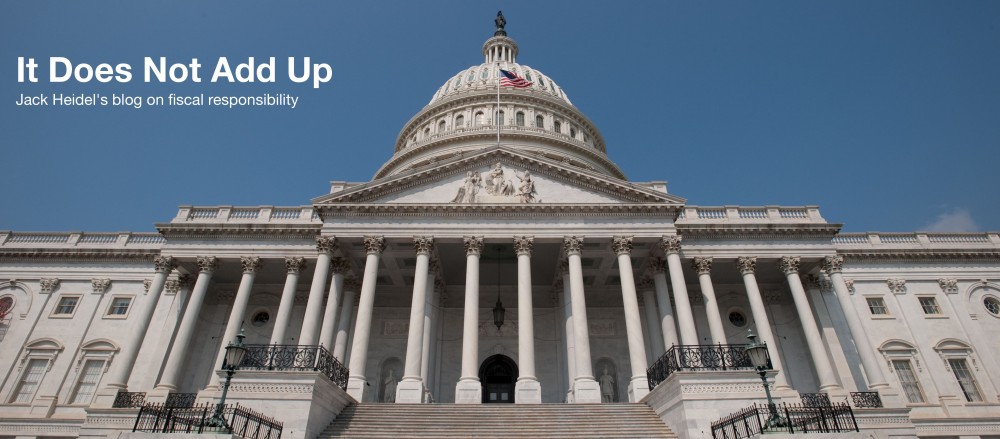As is well known, the Federal Reserve’s main tool in responding to the Financial Crisis in 2007 – 2009 has been quantitative easing (to lower long term interest rates) and direct reduction of the Federal Funds Rate (to lower short term interest rates). These measures definitely limited the severity of the Great Recession resulting from the Financial Crisis. But the recession ended in June 2009, more than seven years ago.
 In the meantime the continuation of such low interest rates is having many detrimental effects such as:
In the meantime the continuation of such low interest rates is having many detrimental effects such as:
- Pension funds, both public and private, have become greatly underfunded, creating crises especially for state and local governments with defined contribution plans.
- Retirement plans for millions of seniors have been upset by erosion of savings.
- Inequality has increased as affluent stock owners benefit from the rapid increase of asset prices as investors reach for yield.
- An immense misallocation of capital towards bond issuers at the expense of small business is taking place.
- Federal debt is soaring as low interest rates make it much easier for Congress to ignore large budget deficits.
- The next recession, when it inevitably arrives, will leave the Fed in a bind. The only tools remaining are a new round of quantitative easing (additional bond purchases) and even lower (i.e. negative) interest rates.
- The Fed’s dual mandate of low unemployment (currently 4.9%) and price stability (low inflation) is being met but is accompanied by anemic GDP growth averaging only 2% since the end of the Great Recession. Such slow economic growth is largely responsible for the populist revolt in the 2016 presidential race.
Conclusion. Monetary policy can only accomplish so much. It is critical for the Fed to wind down its $4.5 trillion balance sheet as its bond holdings mature and to keep raising short term interest rates. This will force Congress to step up to the plate with the changes in fiscal policy which are needed to stimulate economic growth.
